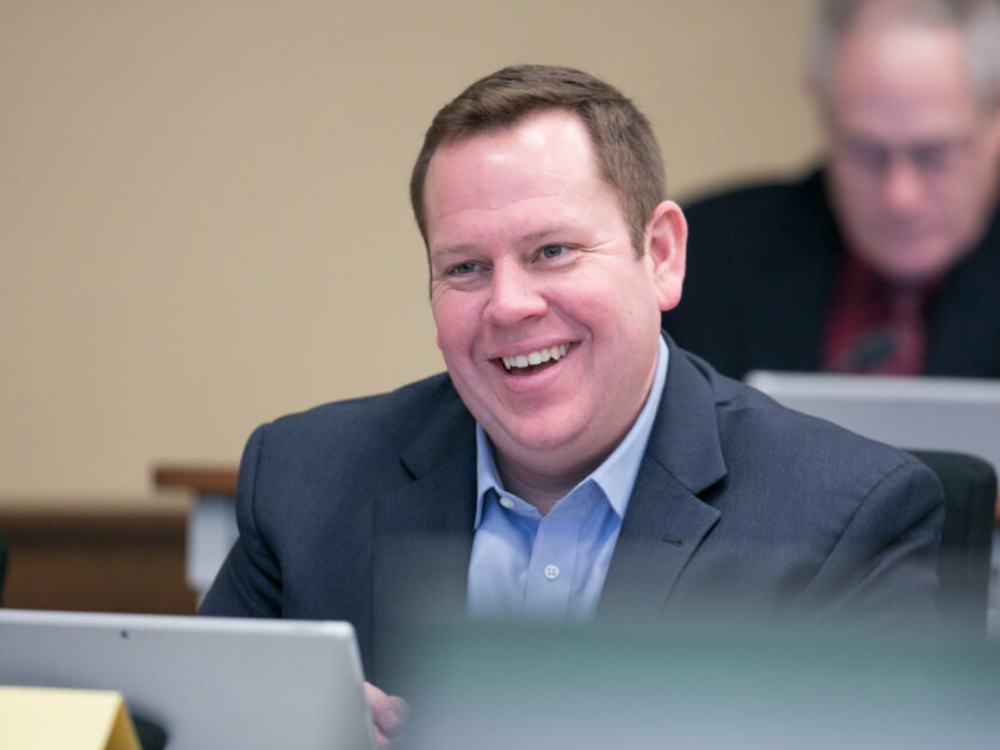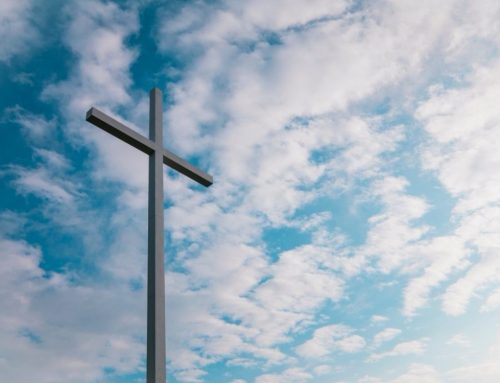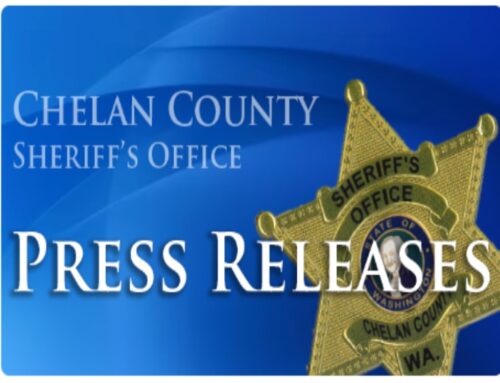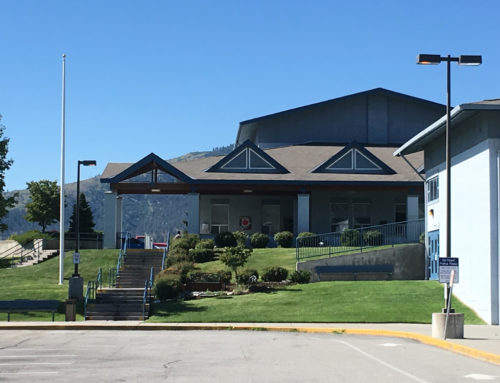A Legislative update from Representative Mike Steele
information released
Dear Friends and Neighbors: I hope this letter finds you well! With Halloween behind us and the holiday season in front of us, I’m excited about the weeks ahead. The holidays are a time for reflection, gratitude, and spending quality moments with loved ones.
It is also a time for us, as your representatives, to redouble our commitment to your needs and priorities. I want you to know that I have been working tirelessly to prepare for the upcoming legislative session, reviewing proposed bills, gathering input from constituents, and strategizing on how to best serve our district’s interests.
Now, let’s turn our attention to a topic that has long intrigued and sometimes perplexed many constituents: the utilization of Washington state’s lottery funds. As I promised in my previous update, I’d like to share with you why, contrary to popular belief, these funds are not exclusively earmarked for K-12 education. Join me as we delve into the facts and dispel some myths surrounding this crucial issue.
K-12 education funding and Washington State Lottery proceeds

I’m often asked about the Washington State Lottery and its role in helping our K-12 schools. People are curious about the money the lottery rakes in and how it affects our education system. Many times, constituents who reach out to me on this topic have a couple of common misconceptions. First, they overestimate just how much revenue the lottery brings in, and second, they often think that all that cash goes straight to our K-12 schools.
I get it—it can be confusing. First things first, let’s talk numbers. In the last legislative session’s 2023-25 Near General Fund Outlook (NGF-O), lawmakers set aside a whopping $30.6 billion for our public schools. Now, contrast that with what the lottery brought in during fiscal year 2022—a modest $909.2 million.
The confusion about lottery proceeds dates back to how they were used in the past. When the lottery first kicked off in 1982, the cash brought in went into the general fund. That fund covers a whole bunch of state expenses, including things like education, health care, public safety, and more. So, while the general fund chips in for education, the lottery is just one piece of the funding puzzle.
Now, here’s where things can get a little mixed up: back in 2000, voters said yes to Initiative 728. That move sent a chunk of lottery cash into two accounts: the Student Achievement Fund and the Education Construction Fund. They even rolled out some catchy commercials bragging about how the lottery was backing K-12 education. That’s when people started thinking all the lottery revenue was going straight to our schools.
Fast forward to the aftermath of the 2009 housing bubble burst—the state was in a budget crunch. So, the powers-that-be decided to funnel the lottery money back into the general fund to patch up the holes. It wasn’t until 2010 that they steered some of that lottery cash back into education, using the Opportunity Pathways Account.
Now, you’re probably wondering what that Opportunity Pathways Account is all about. Well, it’s like an education piggy bank that funds all sorts of school-related things: college grants, scholarships, early childhood education, charter schools, job training, and more. But remember, it’s not just for K-12 education—it covers a whole bunch of education goodies.
When you take into account all the prizes, running the show, and commissions, the Lottery Account splits the cash between several different government programs. So yes, the lottery chips in for education, but it’s not just for K-12. It’s all part of the bigger picture.
Here’s a quick breakdown:
- $573.9 million in prizes (that’s a whopping 63.13%)
- $176.55 million to the Opportunity Pathways Account (that’s 18.2%)
- $45.6 million in commissions for retailers (that’s 5.02%)
- $57.8 million to cover the cost of running the lottery (that’s 6.35%)
- $14.98 million for administration (that’s 1.65%)
- $6.21 million to boost the Economic Development Account (that’s 0.68%)
- $33.65 million to pad the General Fund (that’s 3.7%)
- $430,000 to the Problem Gambling Account (that’s 0.05%)
- A more detailed examination of these disbursements is contained in the Lotto’s 2022 Annual Report.
- Approximately 25% of the money that rolls in from lottery sales goes into state programs.
K-12 education funding in the upcoming session
I hope this update has made things clearer about where our state’s lottery money goes and how it’s used. As I mentioned in a previous update about K-12 education in Washington, the long-lasting effects of the COVID-19 pandemic have made it clear that we must urgently address the unique needs of our students. This includes those connected to remote learning and the process of academic recovery.
One of my top priorities as a legislator is to make sure our young learners receive a top-notch education. It’s all about providing them with the tools and opportunities they need to thrive academically. That means ensuring our schools are well-funded. As we approach the 2024 session, please know that I am fully committed to finding the best solutions for our students, their families, and our great state.
Thank you!
In the weeks ahead, I’ll be sending you more updates and info, keeping you posted on what I’m working on as we get ready for the 2024 legislative session. And, as always, I’m here to hear your thoughts and ideas.
Thank you for your continued support.
Sincerely,

Mike Steele
12th Legislative District
RepresentativeMikeSteele.com
335A Legislative Building | P.O. Box 40600 | Olympia, WA 98504-0600
mike.steele@leg.wa.gov
360-786-7832 | Toll-free: (800) 562-6000








